
Fungal infections of the sinuses have recently been recognized as one of the major culprits for chronic rhinosinusitis. Fungal sinusitis is less common than bacterial or viral sinusitis, the viral kind being the most common one, especially during flu and cold seasons. While fungal sinusitis was once believed to be limited only to patients whose immune system is compromised, today it affects those with healthy immunity as well.
The most common causes of fungal sinusitis are Aspergillus and Mucor fungal species. The most effective and common treatment for all types of fungal sinus infections is surgery.
Types of fungal sinusitis
There are two main types of fungal sinusitis - invasive and non-invasive. Invasive fungal sinusitis causes dark, thick and sticky mucus in the sinuses and possibly leads to tissue damage, as well as damage to the adjacent structures.
Non-invasive fungal sinusitis has the symptoms characteristic for regular sinusitis, such as pressure, pain and yellowish or green discharge.
The presence of fungus is rarely detected in routine culture tests, but it can be confirmed upon reviewing the scan results and analyzing the secretions removed from the sinuses.
Non-invasive fungal sinusitis
Non-invasive fungal sinusitis is usually chronic and often misdiagnosed for regular chronic sinusitis. This type of sinusitis has two forms: allergic fungal sinusitis and sinus mycetoma or ball.
The fungi commonly responsible for allergic fungal sinusitis are Curvularia lunata, Aspergillus fumigatus and species called Bipolaris and Dreschlera. Sinus mycetoma or ball is usually caused by dematiaceous and fumigatus fungi.
The symptoms of allergic fungal sinusitis include pressure, pain, nasal congestion, discharge and headache. Sinus mycetoma has similar symptoms but it also causes blowing of material resembling gravel from the nose.
Invasive fungal sinusitis
Invasive fungal sinusitis can be acute and chronic. Acute form is particularly dangerous and possibly fatal. It is caused by saprophytic fungi of Mucorales order, such as Mortierella, Mucor, Absidia and others.
Acute invasive sinusitis has a very quick progression of the invading fungus, through the bloodstream, reaching different parts of the body, including the orbit and the central nervous system. It is mostly associated with diabetes and conditions in which the immune system has been compromised, although there had been cases of acute invasive sinusitis in healthy people as well.
People affected by acute invasive sinusitis feel very ill, have fever, headache, pressure in the face, cough, nasal discharge, but also certain mental changes. They also may have dark spots inside the mouth and the nose. In late stages, there may also be the signs of sinus thrombosis. This form of acute fungal sinusitis is dangerous, especially in people who are immunocompromised, and usually require hospitalization and prompt treatment.









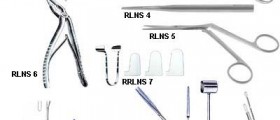

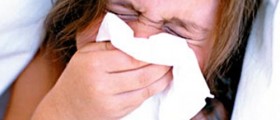

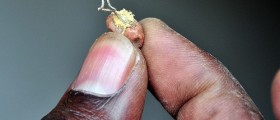
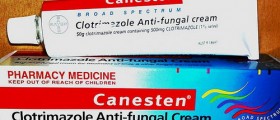
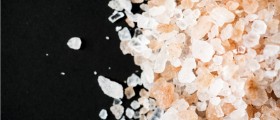
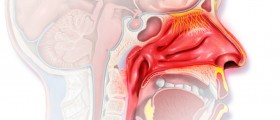
Your thoughts on this
Loading...